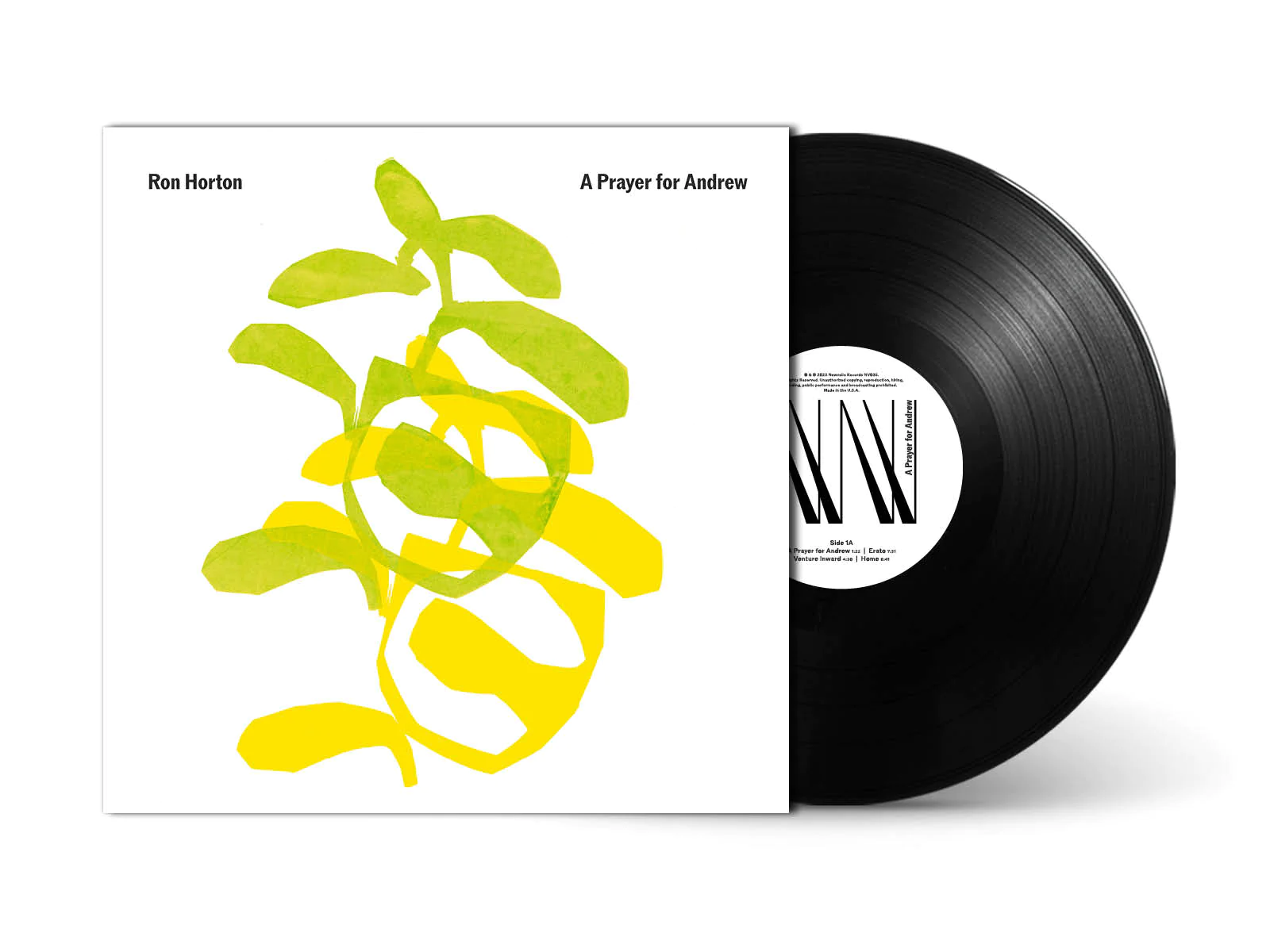Andrew Hill's Music Made Fresh and New
Ron Horton's wondrous double-LP is much more than a "tribute album"
Andrew Hill was one of the most remarkable jazz pianist-composers, a rare true original. His music is ripe with strange intervals, dissonant harmonies, and off-centered rhythms, yet the resulting sounds are riveting, often gorgeous. Imagine the lush tonal colors of Gil Evans, combined with the fierce cadences of Mingus and the jagged precision of Monk, and you get some idea of his music’s odd pleasures. Hill led a dozen recording sessions for Blue Note in the mid-to-late 1960s, when the label was making inroads in free jazz. None of the resulting albums sold well at the time (five of them weren’t released until years, even decades, later), but some—notably Black Fire, Point of Departure, and the long-lost Passing Ships—are now widely hailed as classics (and, in their most recent Blue Note vinyl reissues, audiophile classics as well).
There is no musician more deeply immersed in Hill’s music, or more keenly attuned to interpreting its strands and subtleties, than the trumpeter-composer-arranger Ron Horton. So, it is a treasure to have A Prayer for Andrew—Horton’s tribute album to Hill, recorded with a stellar sextet back in 2016—finally available as a double-LP and in such splendid sound to boot.
Back in the early 1990s, Horton was a founding member of the Jazz Composers Collective, an assortment of like-minded New York musicians in their late 20s to mid 30s who—transcending the sharp divide between the “uptown” traditionalists and “downtown” avant-gardists—sought inspiration in the works of lesser-known innovators from the past. Herbie Nichols was one neglected master whose works they tapped. Andrew Hill was another.
Nichols was a nearly forgotten figure at the time: he had died in 1963, and the four albums he made in the late ‘50s, three of them for Blue Note, had long passed into obscurity. But reams of his handwritten sheet music lay buried in the Library of Congress. Horton was one of the Collective’s members—bassist Ben Allison, pianist Frank Kimbrough, and reedman Ted Nash were others—who unearthed, deciphered, and arranged them (most of them had never been recorded), then laid them down on three albums as the Herbie Nichols Project. (Sneak peak: A new Allison-Nash album of Nichols tunes is coming out in February. I’ll review it soon.)
Andrew Hill was still alive but inactive around this time, teaching on the West Coast, his albums out of print and hard to find. Horton and Kimbrough grew obsessed with Hill’s music (Hill, along with Paul Bley, was among Kimbrough’s chief stylistic influences), sought out his LPs in used-record stores, listened to them incessantly, and transcribed them the best they could. They struck up a correspondence with Hill and sent him their transcriptions. (Hill had lost many of his own written copies.) When Hill moved back to New York in the late ‘90s, Horton joined his sextet, played on some of his albums, and arranged some of his pieces for a big band, which he served as music director. (Hill remained active on the jazz scene until he died in 2007 at the age of 75.)
In other words, A Prayer for Andrew is not your typical tribute album, where some young player davens to a distant god. The music here—seven Hill pieces and six originals that capture some spirit of Hill—is Horton’s music. It’s in his bones. This is as much an Andrew Hill album as any album fronted by Hill himself.
Horton blows the trumpet and flugelhorn with a crisp, plaintive tone and an understated virtuosity. The other bandmembers are equally well suited to this music. They include pianist Frank Kimbrough (who died three years after this was made—it’s so good to hear him brought back to life by the miracle of recording, and playing this music), reedman Marty Ehrlich (who also played with Hill), drummer Tim Horner (who co-led a Hill tribute band with Horton and Kimbrough from 2009-16), as well as two seasoned players, tenor saxman Marc Mommaas and Dean Johnson, who have played with Horton before.
As individual players and as an ensemble, this band is topnotch.
The album is released on Newvelle Records, and therein lies a story. The label’s proprietor, Elan Mehler, recalls in his liner notes that Horton, an old friend, asked if he’d like to hear the tapes from this session. Mehler said he’d love to, but warned Horton that he never releases music that he hadn’t been involved in recording himself. “But,” Mehler writes in his notes, “after a couple of minutes listening to the mixes I was transfixed.” Of course he would make an exception for this.
The sound quality is superb. All the instruments are clear, full-bodied, dynamic, tonally true, the overtones in blossom.
The album is also available for $10.00 as a FLAC resolution digital download (which I haven't heard) but not a compact disc.










































